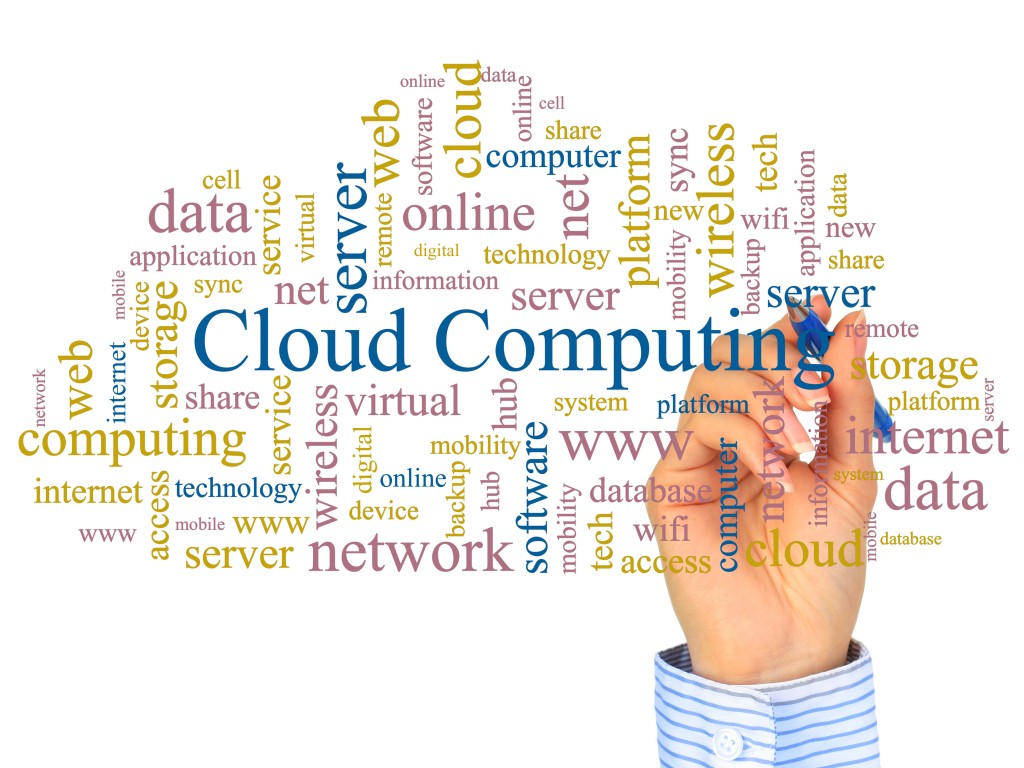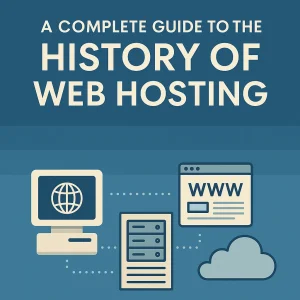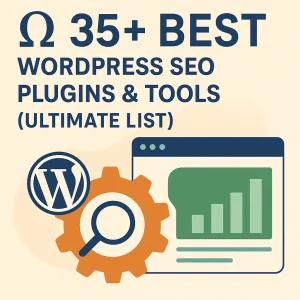The appeal of removing the need for physical storage was profound and immediate when cloud computing first made its appearance on the scene, and there are other reasons why the advantages of it made it one of most revolutionary developments in computing ever seen to this point. We are like many others in the way we’ve gone on about it at length, and with a focus on how it’s had an equally profound effect on the nature of web hosting. Even the most laymen of people will have had their digital world altered by it, even if they don’t quite understand the significance of how their Microsoft OneDrive works or something similar.
Cloud computing has indeed had quite a shine to it for many years. But here we are now at point where perhaps the luster is wearing off, and more than just a little. And this isn’t primarily because the cloud has performance shortcomings. Some might say that it does depending on the nature of what they do related to business or any other type of venture moved online, but the primary reason that cloud computing is not regarded as obvious choice any more is because of the price required to be utilizing it.
That is not to say that cloud computing is too expensive, and it really isn’t when you look at it solely from the perspective of storing data in the cloud. But what is increasingly the issue is that traditional data centers are increasingly more affordable and offer cost savings to go along with the greater capacity for data storage themselves.
This is going to be a subject of interest for any good Canadian web hosting provider in the same way it is for us at 4GoodHosting, and before we get into the topic in more detail we’ll mention that the core server banks in our Vancouver and Toronto data centers have their server capacity expanded regularly and we’ve had them designed so that they have this ability to grow. For some it definitely may be the most cost-effective choice to go with traditional data storage means via you web hosting provider.
Upped Affordability
A PPI (producer price index) report has shown that there’s been a month-over-month decline in the cost of host computers and servers of about 4%. At the same time cloud services saw prices increases of around 2.3% starting in the 3rd quarter of 2022. The overall PPI declined 0.3% in May as prices for goods dropped 1.6% and service fees increased 0.2%. This begins to indicate how cloud storage options are increasingly more expensive, while physical data storage ones are increasingly more affordable.
So what we have now is some companies pressing the reset button for some systems already on cloud platforms and relocating them back to traditional data centers because of the more appealing lower costs. The limitations of physical data storage is going to mean that’s not a possibility for some that have more extensive needs, but for any individual or organization who doesn’t have such large-scale needs the ongoing change to price differential for the service between traditional and the cloud may well have them reconsidering too.
It is a marked change, because even just 10 years ago the rationale for moving to a public cloud consumption model was wholly convincing for nearly all. Much of that was based on avoiding the costs of hardware and software, the pain and expense of platform maintenance, and having leveraged computing and storage being a utility. Operational cost savings were a big part of the sell too, and the foremost of them was the way cloud storage allowed for avoiding many capital expenses (capex versus opex). Add the benefits of agility and speed to deployment and it was a solid sell.
Reduced Hardware Costs
One very relevant development with all of this is the way prices for data center hardware have come down considerably, and done so as cloud computing service costs have increased a good bit during the same time. This has led to many CFOs stopping to reconsider any decision to move all IT assets to the cloud. Especially if there is no significant cost advantage to outweigh the migration risks. In relation to this let’s keep in mind that today’s business cases are more complex than they were previously.
Weighing advantages and disadvantages can be a complex equation, and decision makers will definitely need to look at more than just the costs for each deployment model. New lower prices for hardware will likely factor in, but you need to look at the bigger picture with value to a business. There will be larger strategic forces that need to be considered too, especially with applications and data sets featuring repeatable patterns of computing and storage usage.
You’ll also be inclined to ask how likely it is that you will rapidly scale up or down? Traditional servers are more capable of accommodating that now, and it’s included within those increasingly lower prices for traditional data storage that you can find here with our Canadian web hosting service and elsewhere.
Not all applications and data sets fall into this category though . The more dynamic the storage and computing requirements for an application or set of applications, the more likely it is that a public cloud is the better option. Scalability and seamless integration offered by cloud services are critical for these types of data and computing, and being able to quickly expand and build on public cloud services with other native services is going to be important too
Cloud computing should never be a default solution. Consider your business requirements and make it a priority to question the advantages of any technological solution. We are seeing the prices for traditional servers decrease, it is important to review objectives for utilizing these systems and reevaluate whether or not it continues to be the best choice with regards to the value / cost proposition.
Here at 4GoodHosting we’re always available if you’d like to discuss big data storage needs, and we’ll be happy to hear from you if so.















